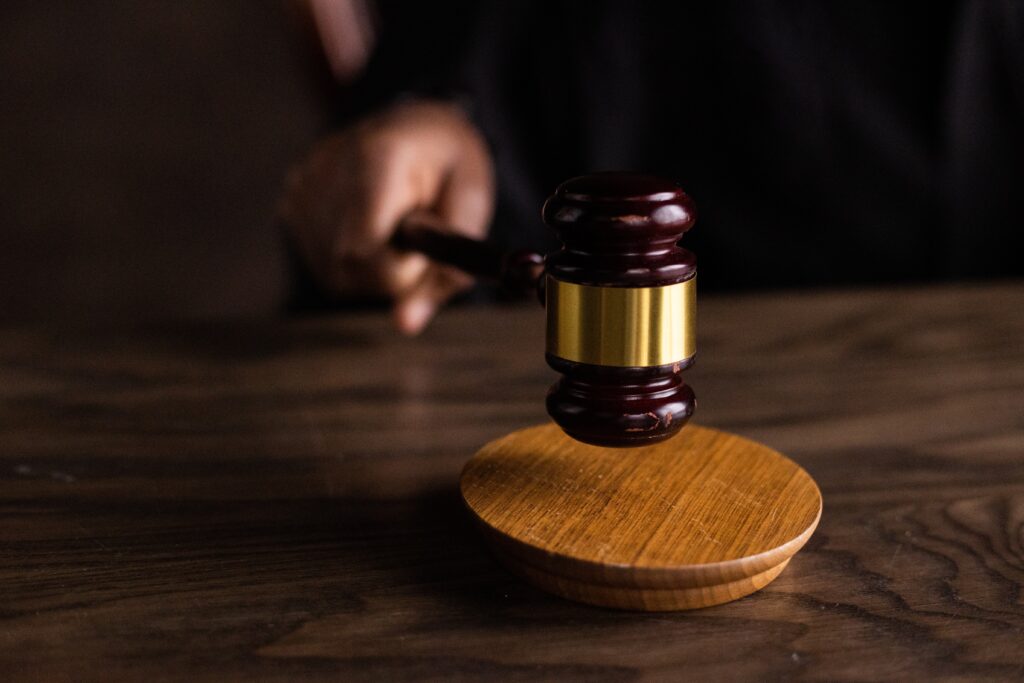By Kyriaki Christodoulou

Section 362 of the Bankruptcy Code provides for the automatic stay, which is a powerful tool triggered immediately upon the filing of a bankruptcy petition. Upon filing, the automatic stay, as the name suggests, automatically stops substantially all acts and proceedings against the debtor and its property. So what exactly is the automatic stay? The automatic stay is an injunction, barring all creditors, secured and unsecured, from exercising remedies concerning collateral, enforcement of prepetition judgments, litigation, collections efforts, and acts to create or enforce liens. Since it addresses actions against the bankrupt, most courts have held that the automatic stay does not apply to proceedings brought by the debtor. Despite its massive benefits, the automatic stay can be modified or lifted by the court under certain circumstances.
The stay’s primary purpose is to provide a breathing spell by staying collection pressures by creditors. It enables the debtor to address its business and debts in an orderly fashion through a plan of reorganization. The stay benefits creditors as much as it benefits debtors. It prevents diminution of the estate and promotes equality of distribution. Imagine a scenario in which a business is faced with a massive wage and hour lawsuit commenced by several former employees. The employees are claiming they are owed several million dollars in unpaid wages, and imposing penalties for violations of the wage and hour laws. Upon the filing of a petition for the business, the wage and hour litigation automatically stops, as against the debtor, and the former employees become creditors of the estate whose claims are paid out under a plan of reorganization. The stay ensures that the litigation does not prevent the debtor from administering its business during the bankruptcy and ensures that the former employees and other creditors are treated fairly under the plan.
A creditor may request relief from the automatic stay. Relief from the stay depends on the facts of each case and if the grounds for relief are present. The court may terminate, annul, modify, or condition the stay, which is provided in section 362(d) of the Bankruptcy Code. There are two main grounds for obtaining relief: (i) for cause – which includes a lack of adequate protection, discussed in a previous article – and (ii) acts against the property; there are also two special grounds including – (i) single asset real estate cases, and (ii) acts against real estate.
The stay is terminated automatically in two situations: (i) with respect to a particular piece of property that is no longer part of the estate, and (ii) on the earliest of the case being closed or dismissed, or the time a discharge is granted or denied. The stay also comes with a handful of judicially crafted limitations. First, it does not extend to third parties, such as co-debtors and officers and principals; for example, in the wage and hour lawsuit scenario above, if the lawsuit names both the business and individuals (such as management) as defendants, the stay would operate to stop the litigation against the business upon filing of the bankruptcy petition – but, in theory, the suit would continue against the individual defendants. With that said, courts have extended the scope of the automatic stay to non-debtors when a claim against the non-debtor will have an immediate adverse economic consequence for the debtor’s estate (see Residential Capital, LLC v. Federal Hous. Fin. Agency(In re Residential Capital, LLC), 529 F. App’x 69 (2d Cir. 2013)). An example includes actions where there is an identity of interest between the debtors and non-debtor such that the debtor may be considered the real defendant.
Lastly, a lender whose mortgagor is about to file, or has just filed for bankruptcy, should be aware of the following important tips. In practice, the automatic stay forbids lenders, as with other creditors, from taking most actions against the debtor, including enforcement of a lien, obtaining liens, and foreclosing on collateral. Thus, trying to negotiate a prompt resolution would be beneficial. After the petition is filed, do not take actions that may violate the stay, but consider taking actions that are permitted, such as freezing the debtor’s accounts and enforcing the debt against non-debtor guarantors.
For lenders, creditors, and debtors alike, it is prudent to retain experienced bankruptcy counsel to help navigate the implications of the automatic stay. For more information on automatic stays, or for help with your particular bankruptcy matter, contact KI Legal’s experienced Bankruptcy and Restructuring team to discuss.
*ATTORNEY ADVERTISING*
*PRIOR RESULTS DO NOT GUARANTEE A SIMILAR OUTCOME*
This information is the most up to date news available as of the date posted. Please be advised that any information posted on the KI Legal Blog or Social Channels is being supplied for informational purposes only and is subject to change at any time. For more information, and clarity surrounding your individual organization or current situation, contact a member of the KI Legal team.
_____________________________________________________________________________________________
KI Legal focuses on guiding companies and businesses throughout the entire legal spectrum. KI Legal’s services generally fall under three broad-based practice group areas: Transactions, Litigation and General Counsel. Its extensive client base is primarily made up of real estate developers, managers, owners and operators, lending institutions, restaurant and hospitality groups, construction companies, investment funds, and asset management firms. KI Legal’s unwavering reputation for diligent and thoughtful representation has been established and sustained by its strong team of reputable attorneys and staff. For the latest updates, follow KI Legal on LinkedIn, Facebook, and Instagram. For more information, visit kilegal.com.
The post Automatic Stay: 101 appeared first on KI Legal.
